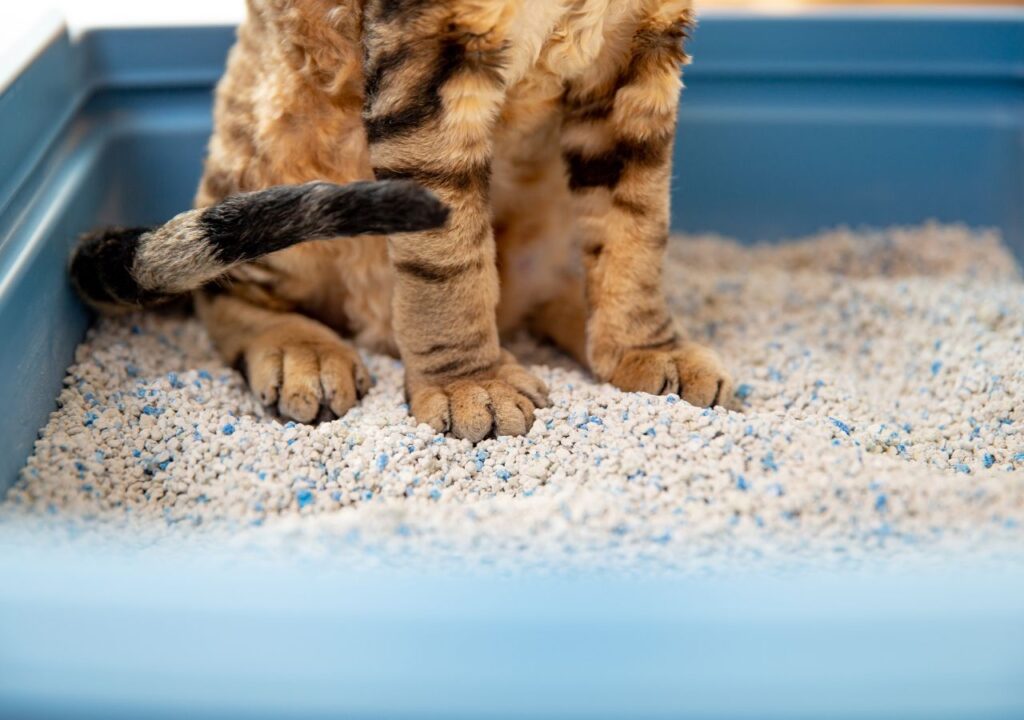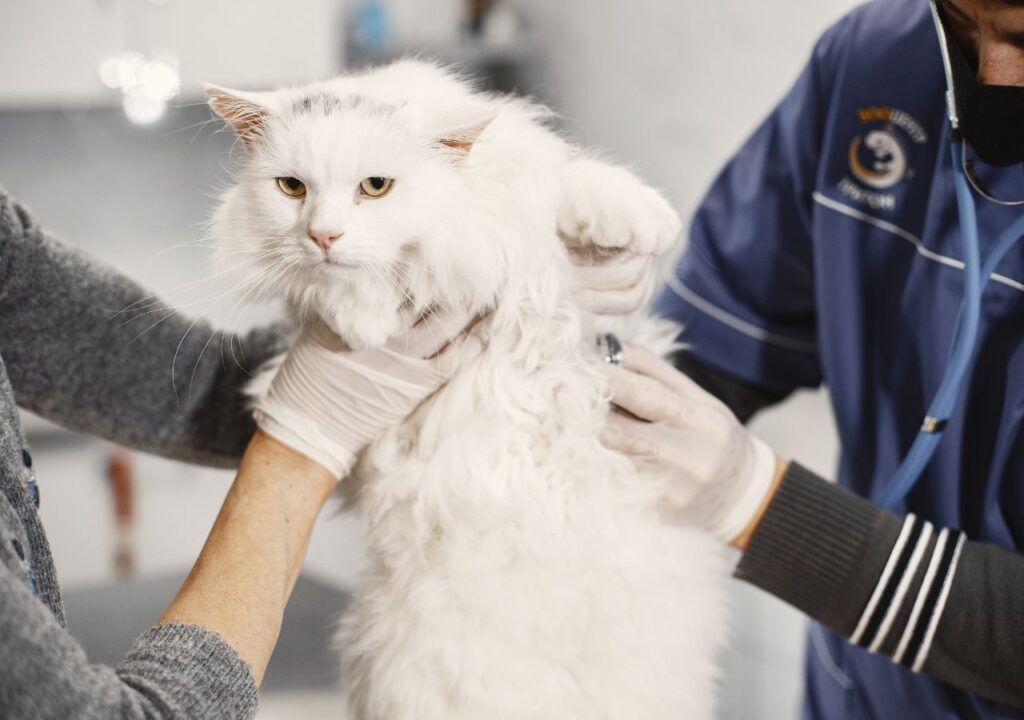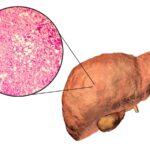Cats are known for their sensitive urinary systems. There is a reason the phrase “running like a cat with a bladder” was coined! One of the reasons for this behavior is the presence of struvite crystals, which are magnesium ammonium phosphate crystals, in the urine. Where do they come from? How can they be treated? Can they be prevented?
Struvite in cats
Struvite is one of many types of urinary crystals that can be found in a cat’s urine. It is the most common, and cats are particularly prone to it. The individual crystals can form sand or even large urinary stones that irritate the bladder walls. This causes discomfort and contributes to inflammation.

Struvite in cats – causes
What causes struvite in cats’ urine? Struvite occurs when the pH of a cat’s urine is too high. Normally, urine should be acidic, with a maximum pH of 6.5. However, sometimes the urine becomes alkaline, resulting in the precipitation of struvite crystals. This can be caused by urease-producing bacteria, but also by other factors such as inadequate hydration (leading to excessive urine concentration), an unbalanced diet (excess magnesium and phosphorus, low moisture diet), overweight and obesity, stress, and lack of exercise.

Struvite in cats – symptoms
Symptoms of struvite urolithiasis include
- blood in the cat’s urine
- urinating outside the litter box
- peeing (confused with urinary incontinence)
- dribbling (urinating frequently and in small amounts)
- vocalization when urinating
- licking the abdomen or the area around the urethra
- sadness and apathy
The presence of struvite causes damage to the lining of the bladder, which can lead to blood in the cat’s urine and symptoms of cystitis. The presence of sand or larger urinary stones can lead to a complete blockage of the urethra. This can make urination impossible and can be life threatening. It is important to remember that cats are animals that will try to hide their illness at all costs. Therefore, if owners notice any worrying changes in their pet’s behavior, they should take them to the vet immediately. That’s why it’s good to know how to recognize worrisome symptoms in a cat. I refer you to the article here: 10 symptoms of illness in cats.
Blood in a cat’s urine – causes
Blood in the urine is one of the symptoms of urolithiasis, but it can also indicate a urinary tract infection in cats, which does not necessarily involve the presence of crystals. The presence of struvite can be both a cause and a symptom of inflammation. To determine the cause of any problems, it is necessary to perform a urine test on the cat, and sometimes additional tests of the urinary system – ultrasound and x-ray.

Cat urine test – how to collect urine?
Collecting urine from a cat can be quite a challenge. A vet can do it by cystocentesis (collecting urine directly from the bladder), or you can try to collect a sample at home. It is best to do this during urination, but cats often avoid relieving themselves in the presence of humans. Another option is to leave the cat in a clean, heated litter box – empty or with special litter that does not absorb moisture. Then use a pipette to collect urine from the litter box into a screw-top container. The sample should be taken to the vet as soon as possible, as it can become completely unreliable over time. In practice, the sample should be tested within 2 hours of collection and it is best if the cat is not being fed. After some time, changes in the crystal pattern of the collected urine occur and bacteria can multiply, falsifying the test result.
Struvite in cats – treatment
If struvite crystals are found in the cat’s urine, treatment will depend on the symptoms and the results of the urinalysis. If bacterial cystitis is present, the veterinarian may administer antibiotics and anti-inflammatory medication. If the urethra is blocked by a stone, surgery may be necessary. In all cases, it is important to ensure that the animal is properly hydrated and given supplements that acidify the urine. Systematic care to keep the urine pH low enough may cause struvite stones present in the bladder to dissolve completely.

Struvite in cats – diet
To keep the urine pH low in cats, a proper diet is essential, especially if the struvite problem tends to recur. The ideal diet for struvite in cats is a wet food based on high quality animal protein. Diets high in meat naturally acidify the urine. In addition, supplementation with omega-3 acids is very important as they support the urinary system of cats. It is important to note that cats are naturally light water drinkers. Under natural conditions, they take in most of their fluids with the food they hunt. Therefore, especially if struvites have already appeared, you should feed your cat food with a high water content. However, if your cat is eating dry food, you should consider changing the diet as soon as possible. Again, dry diets will not work as the problem will recur. You can try to make drinking more attractive by replacing water bowls with ceramic ones, moving them around, or investing in a special fountain. In some cases, adding extra water to the food will also help, although some cats may refuse to eat.
For my part, I recommend the BARF raw food diet, which we can tailor to the individual needs of the cat and which takes care of the body, including the bladder.




